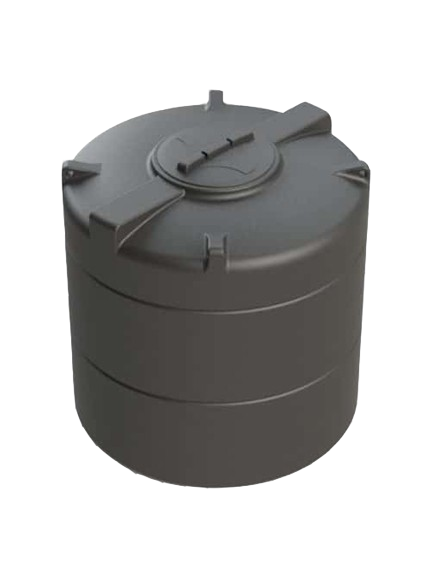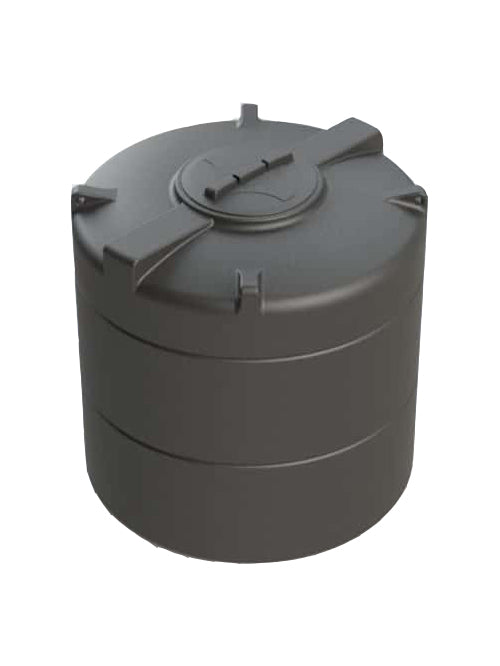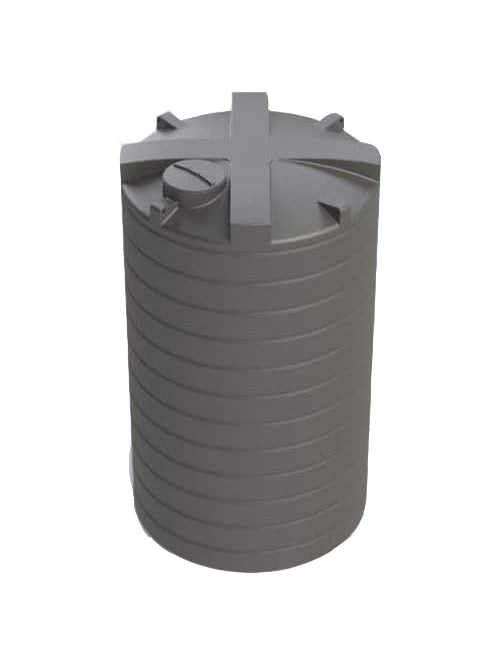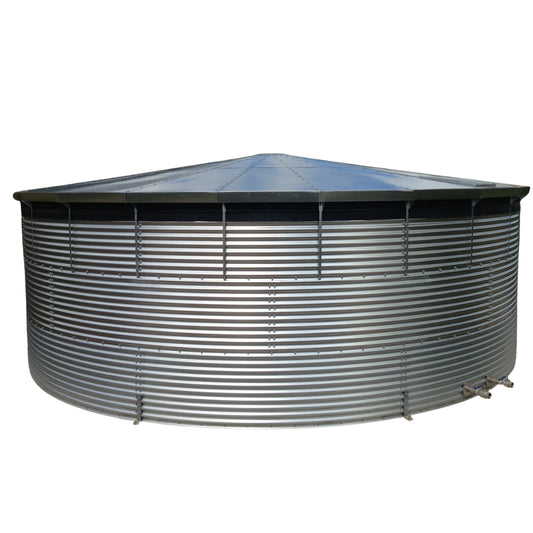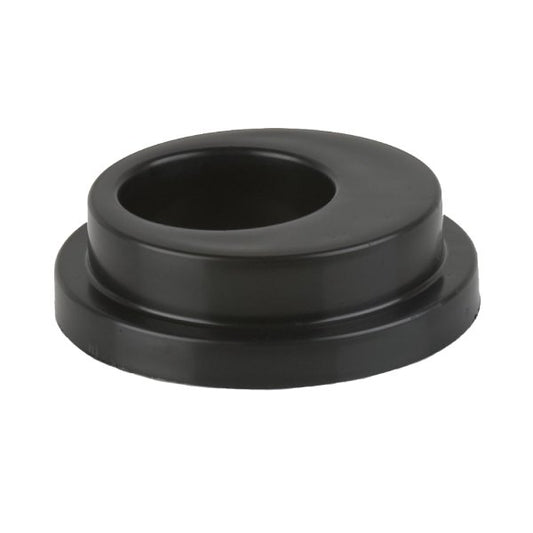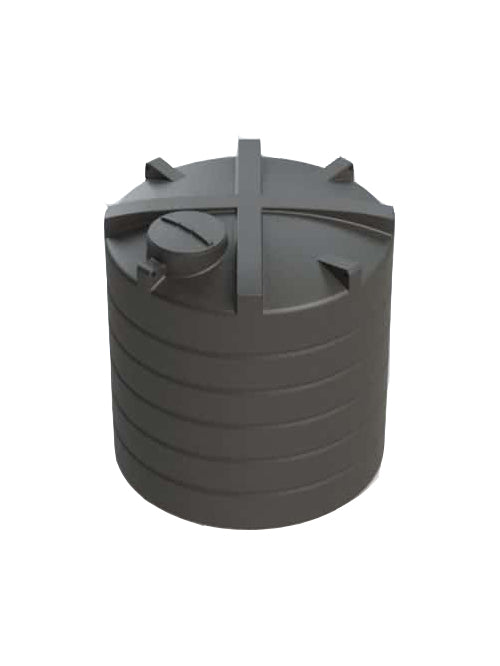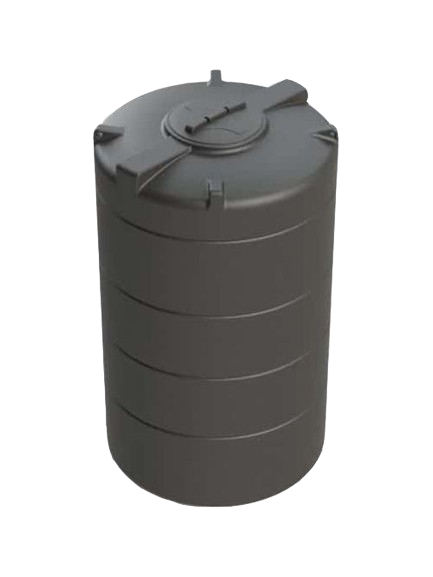Rainwater harvesting is an incredibly smart and sustainable practice that lets you collect and store rainwater for a variety of uses. It’s a fantastic way to lower your water bills, conserve precious natural resources, and ensure a steady water supply, especially during dry spells. Let’s walk through everything you need to know to get started with rainwater harvesting.
Table of Contents
Why harvest rainwater?
Harvesting rainwater comes with a heap of benefits:
- Cost savings: Using collected rainwater for gardening, toilet flushing, and other non-potable uses can significantly cut down on your water bills.
- Environmental benefits: By harvesting rainwater, you’re reducing the strain on municipal water supplies and helping to mitigate flooding and erosion.
- Water supply security: During periods of drought or water restrictions, having a stash of stored rainwater can be a lifesaver.
Step-by-step guide to rainwater harvesting
1. Assess your water needs
Before diving in, figure out what you’ll be using the harvested rainwater for. Whether it’s for watering your garden, flushing toilets, washing clothes, or even drinking (with proper treatment), knowing your needs will help you design the right system.
2. Choose a collection area
Your roof is the best place to start collecting rainwater. Just make sure your roof material is suitable, especially if you plan on using the water for drinking. Metal roofs are excellent, while asphalt shingles might need more filtration.
3. Install gutters and downspouts
Gutters and downspouts are crucial for channelling rainwater from your roof into your storage system. Keep them clean and free of debris to ensure a smooth flow of water.
4. Select a storage system
There are a few different types of storage systems you can choose from, depending on your needs and available space:
- Rain barrels: Perfect for small gardens and tight spaces. They’re easy to install and maintain.
- Cisterns: Larger tanks that are great for extensive garden irrigation or even household use.
- Underground tanks: Ideal for large-scale storage and saving space above ground.
5. First flush diverters
These handy devices discard the initial runoff from your roof, which often contains the most debris and contaminants. This ensures that cleaner water enters your storage system.
6. Filtration and treatment
To ensure the water is safe, especially for drinking, you’ll need a good filtration system. This typically involves:
- Pre-filtration: To remove larger debris before the water enters your tank.
- Fine filtration: To filter out smaller particles and pathogens.
- Disinfection: Using UV treatment or chlorination to kill any bacteria and viruses.
7. Distribution system
You’ll need a way to get the water from your storage system to where you need it. This can be done using:
- Gravity-fed systems: Simple and cost-effective, relying on gravity to move water.
- Pumped systems: Offering more pressure and flexibility in how and where you use the water.
Maintenance tips
Keeping your rainwater harvesting system in good shape requires regular maintenance:
- Clean gutters and downspouts: Regularly clear out leaves and debris to prevent blockages.
- Inspect tanks and filters: Check for cracks, leaks, and clogs.
- Monitor water quality: Periodically test the stored water, especially if you’re using it for drinking.
Legal considerations
Before you start, make sure to check your local regulations regarding rainwater harvesting. Some areas have specific guidelines or require permits, so it’s important to be well-informed.
How can we help?
At Cotterill Civils, we are here to support you at every stage of your rainwater harvesting set up. We offer a wide range of cost-competitive rainwater harvesting tanks, with capacities up to a massive 2,000,000 litres. Whether you’re looking for a simple setup or a large-scale solution, we’ve got you covered.
We also supply all the UV filters and pumps you’ll need to complete your system. And to make things even easier, we can design a bespoke rainwater harvesting system tailored to your needs. Our team of experts can even handle the installation for you.
Need advice or have questions? Our experts are ready to help you find the best solution. Give us a call at 0121 351 3230, or fill out our enquiry form below.
Alternatively, fill out our enquiry form:






